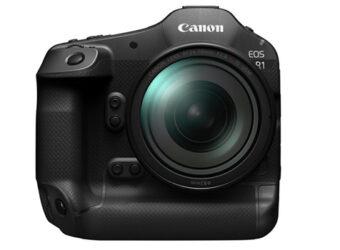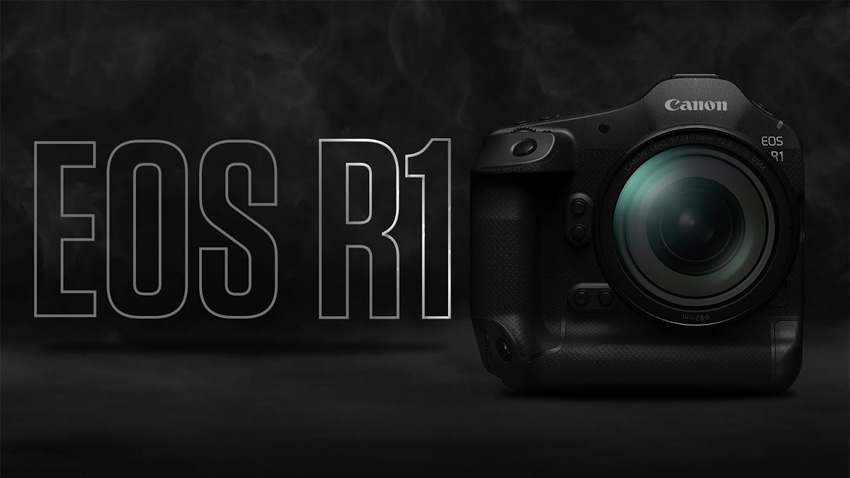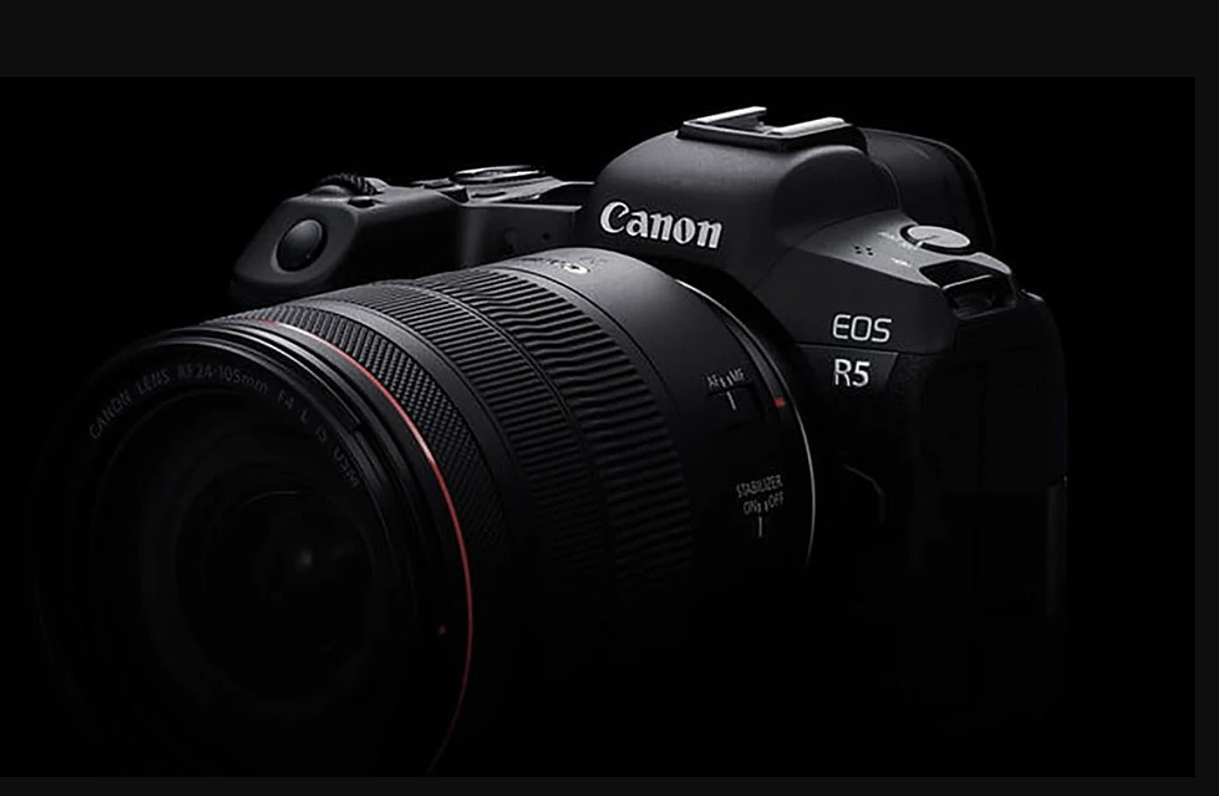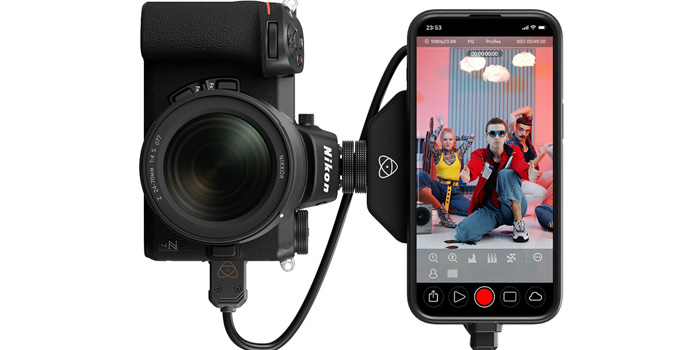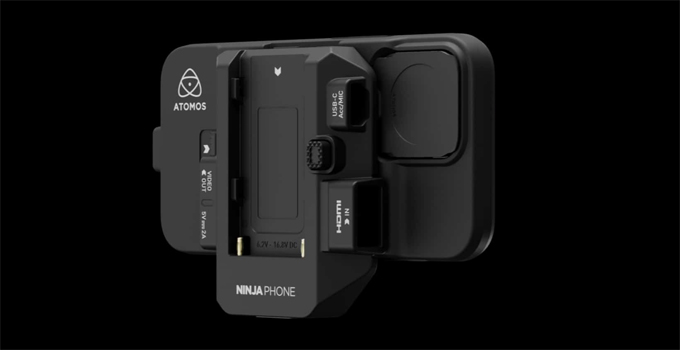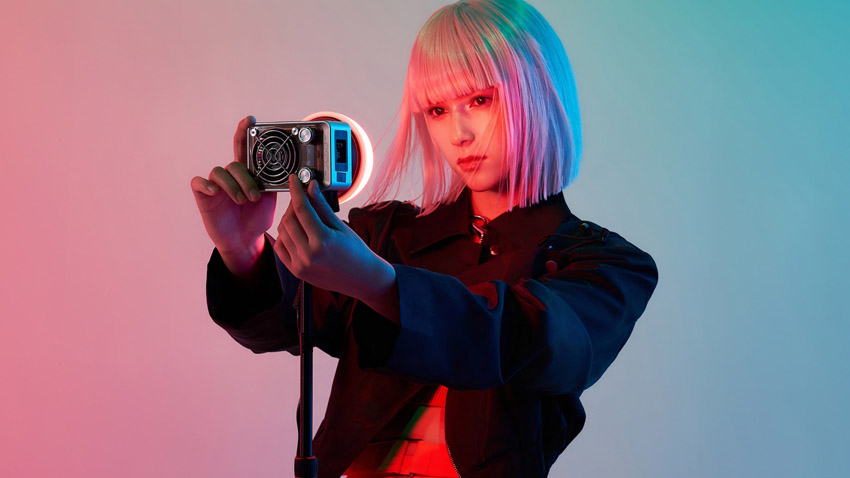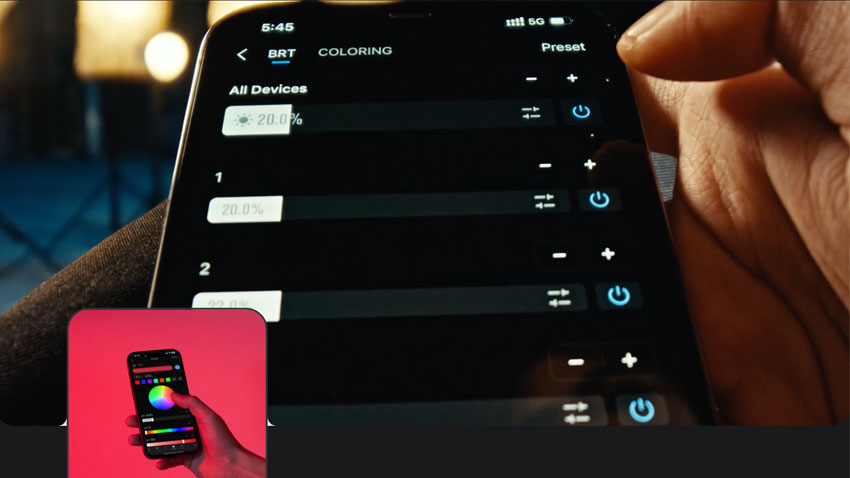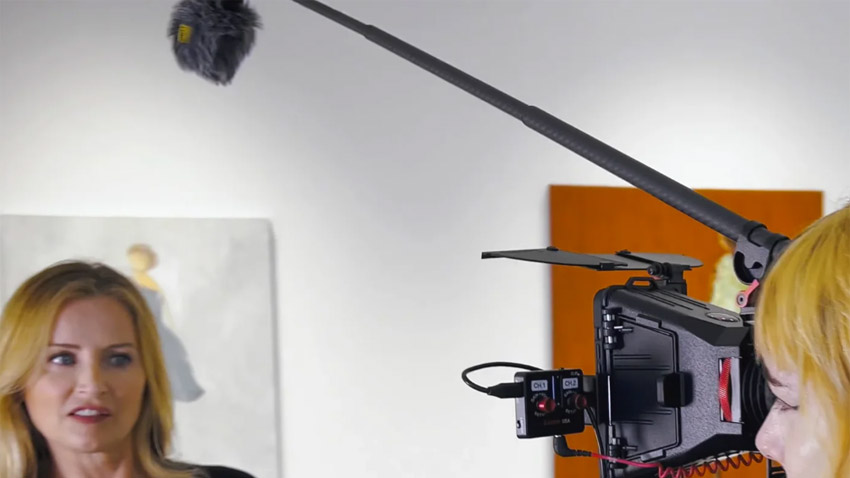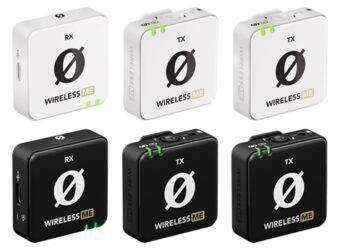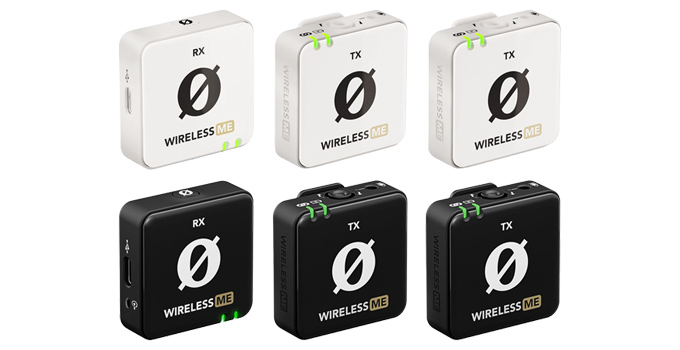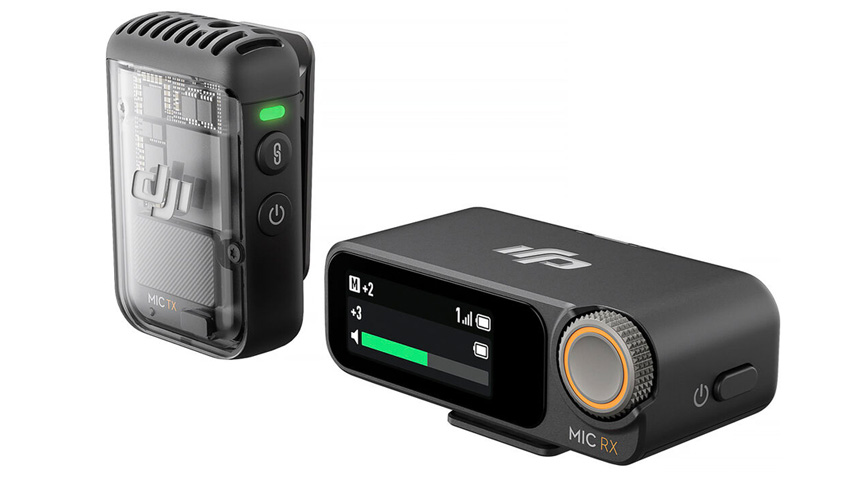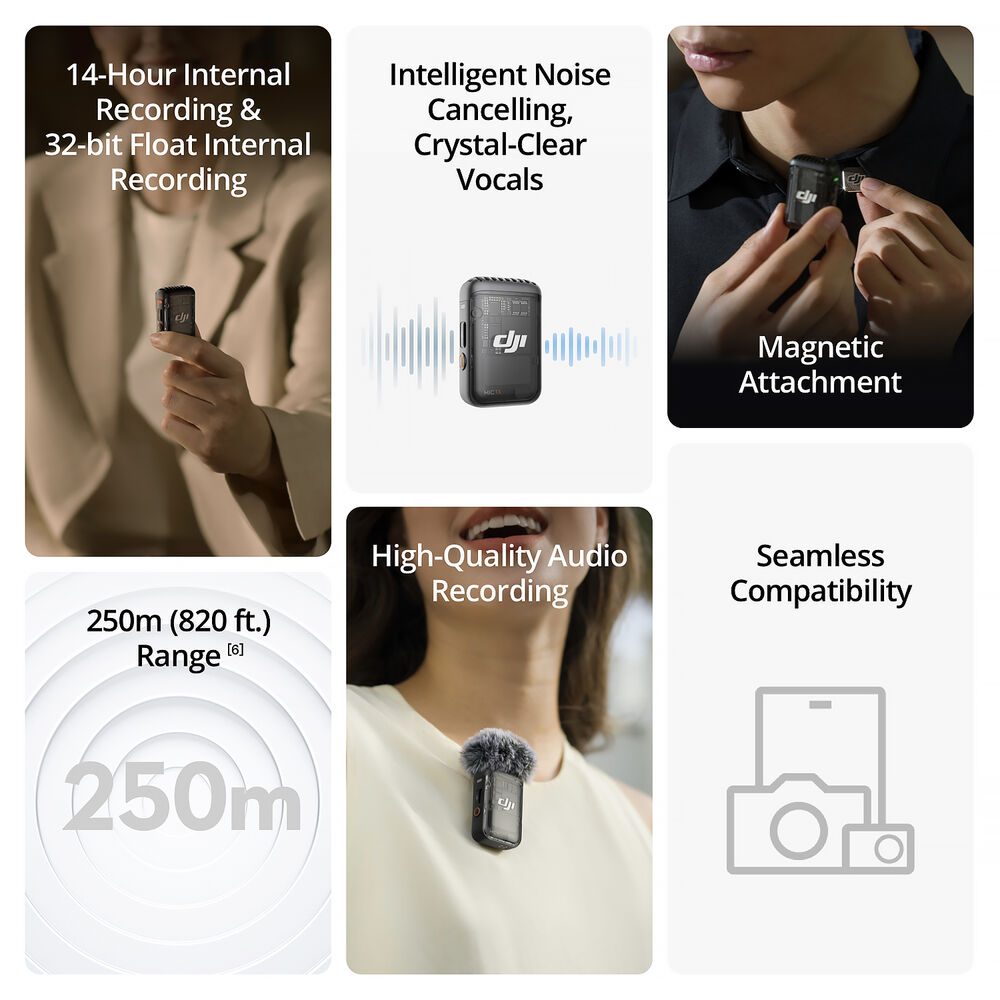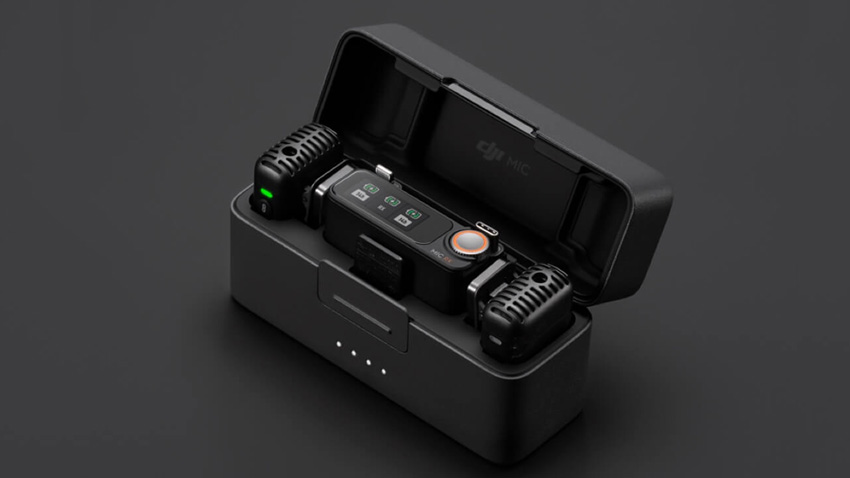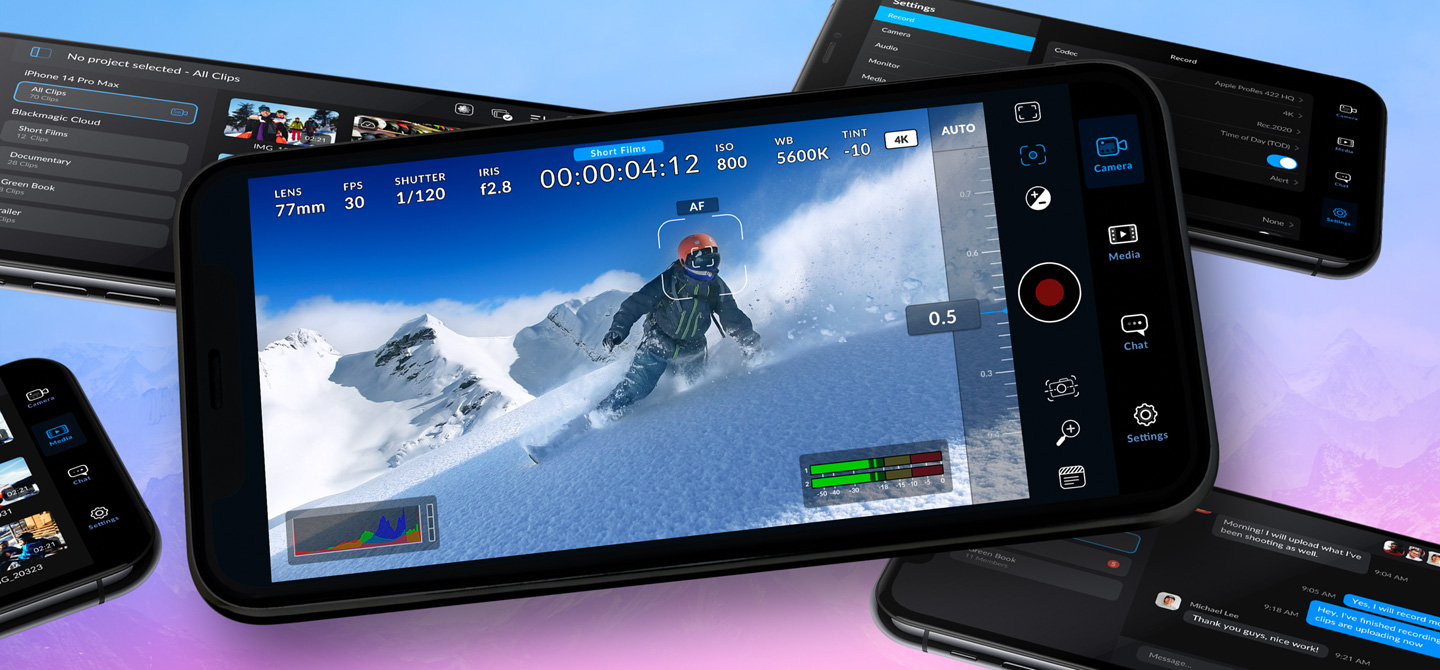RØDE’s New Wireless Micro Microphone: Compact Power for Mobile Filmmakers
The wireless microphone market is getting even smaller—but without sacrificing quality. RØDE’s latest release, the Wireless Micro, is proof of that, offering mobile filmmakers a compact yet powerful microphone system that’s about half the size of the Wireless Me. Despite its small size, it’s packed with many of the high-end features that RØDE fans know and love. Let’s dive into what makes the RØDE Wireless Micro stand out.

Tiny Yet Mighty
Designed with a “clip-and-go” approach, the RØDE Wireless Micro prioritizes portability without compromising audio performance. Highlights include RØDE’s Gain Assist Technology, an omnidirectional pickup for consistent sound, and a battery life that lasts up to 21 hours. If you’re a smartphone filmmaker on the go, this could easily become your go-to wireless microphone setup.
Streamlined Setup, Seamless Connection
This system includes two transmitters and a receiver, with both Apple Lightning and USB-C connector options. The cable-free setup keeps your rig simple and allows you to capture content from over 100 meters away. Once you connect the receiver to your device, the system automatically pairs, so you’re ready to record without fumbling with cables or complex settings.

The compact design includes two mounting options: a straightforward clip-and-go style or a magnetic attachment for a more discreet look, providing flexibility in how you wear and use it.
Engineered for Clear, High-Quality Sound
Omnidirectional recording, coupled with RØDE’s acoustic chamber design, ensures that your audio is crisp and clear. To handle outdoor conditions, the Wireless Micro features a screened cover and furry wind covers to minimize noise. It also boasts impressive specs—a frequency range of 20 Hz to 20 kHz, max SPL of 135 dB, and a signal-to-noise ratio of 73 dB.
RØDE’s Intelligent Gain Assist technology automatically balances audio levels, so you can capture clean, professional audio without needing to constantly adjust settings. This feature cuts down on post-production time, especially valuable for creators who need to focus on recording and storytelling.
Built for Portability and Endurance
Despite its ultra-compact size—nearly half the size of the Wireless Pro—the Wireless Micro weighs only 12 grams. It’s durable enough for extended shoots, with up to 21 hours of battery life and a pocket-sized charging case that’s easy to bring along. At a retail price of under $150, it’s a solid choice for creators who need a reliable, affordable microphone system.

App Compatibility and More
The Wireless Micro integrates seamlessly with RØDE’s suite of recording apps, including RØDE Video App and RØDE Capture, as maybe even third-party apps like FiLMiC Pro and Blackmagic Camera, adding flexibility to your content creation toolkit.
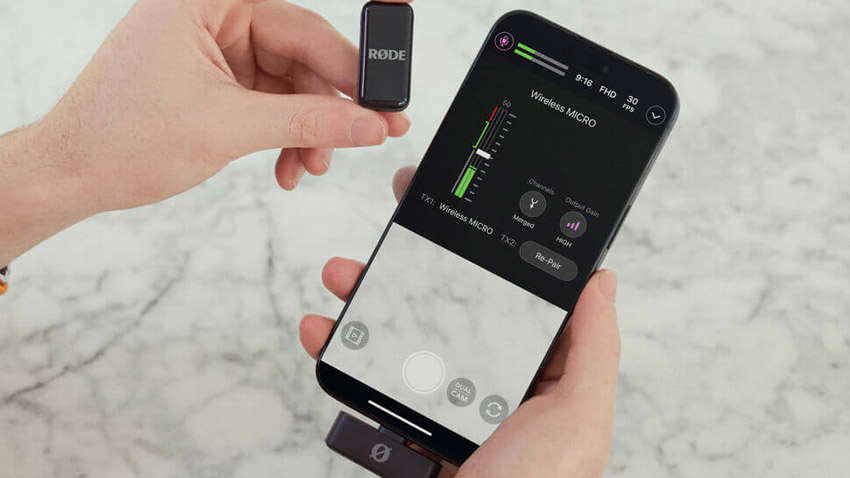
Pricing and Availability
Available in black or white, the RØDE Wireless Micro is priced at $149 and can be purchased through RØDE’s authorized retailers. Each package includes two transmitters, a smartphone receiver, two furry windscreens, and a charging case.
With its compact design, long battery life, and advanced features, the Wireless Micro is sure to be a popular choice for mobile filmmakers looking to upgrade their audio quality.

